Introduction
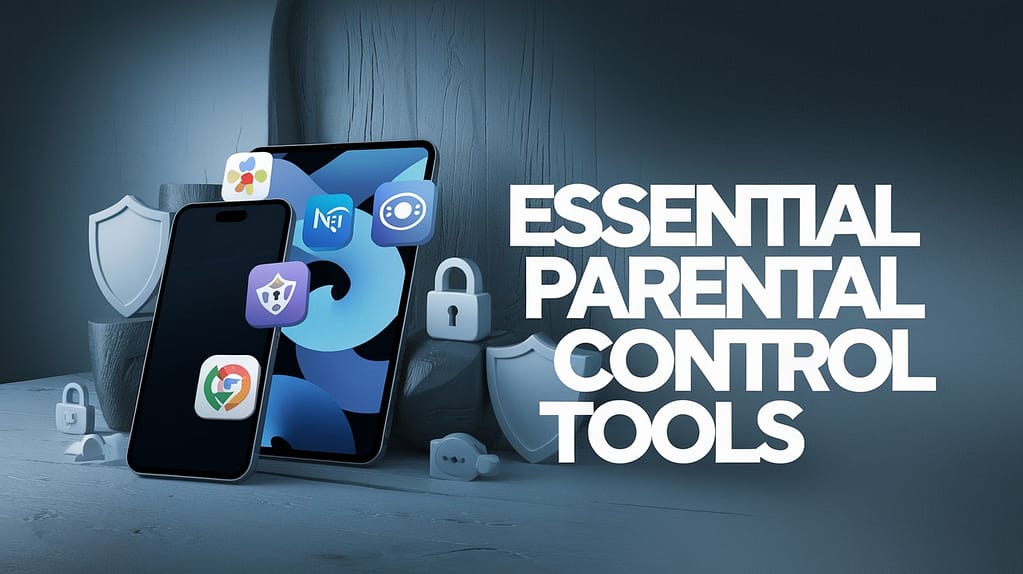
In today’s digital age, parental control has become more essential than ever. With children exposed to an unprecedented amount of information online, the internet offers many educational opportunities but poses risks that parents must navigate. Brings to light the pivotal role that parental controls play in protecting kids from inappropriate content, cyberbullying, and other dangers.
As children grow up with access to smartphones, tablets, and computers, it’s critical for parents to implement effective parental control measures. In this article, we will delve into why parental controls are so crucial, how they work, and the best practices to help you safeguard your child’s online experiences. We will also highlight recommended parental control tools and answer common questions that parents may have.
Table of Contents
What Are Parental Controls?
Parental controls are software or hardware tools that allow parents to monitor, manage, and restrict their child’s digital activity. These tools can filter websites, set time limits, track online activity, and block inappropriate content. Parental controls are available on most devices, including smartphones, computers, gaming consoles, and TVs, allowing parents to oversee their children’s exposure to online material.
Types of Parental Controls
- Content Filtering: Blocks access to inappropriate or harmful websites.
- Time Limits: Sets boundaries on how long children can use specific apps or devices.
- Usage Monitoring: Provides insights into the types of apps, websites, or activities children engage with.
- Location Tracking: Allows parents to monitor their child’s location through their device.
- Communication Control: Manages who children can interact with online or via text messages.
The Importance of Parental Control in a Child’s Digital Life
The primary reason why parental control is important is that it shields children from harmful digital experiences. While the internet has abundant resources, it also exposes children to dangers that could impact their mental and emotional well-being.
Protecting Children from Inappropriate Content
The internet hosts a wide range of content, much of which is not suitable for young minds. From violence to adult content, there are many things parents wouldn’t want their children to stumble upon. By using parental controls, parents can filter out inappropriate websites and content, ensuring children only access safe, age-appropriate material.
Preventing Cyberbullying and Online Harassment
Cyberbullying is a serious concern that affects children worldwide. Parental controls allow parents to monitor online interactions, detecting signs of bullying, harassment, or abusive language. This is especially crucial for social media and chat applications, where children might engage with strangers or be subject to negative experiences. With parental controls, parents can identify red flags early and take appropriate actions to protect their child’s mental health.
Setting Healthy Digital Boundaries
It’s easy for children to get drawn into hours of screen time, which can impact their physical health, sleep, and productivity. Parental control tools can help manage screen time by allowing parents to set daily or weekly usage limits, which helps children develop a healthy balance between digital and offline activities. Setting boundaries on screen time fosters better sleep patterns, reduces digital eye strain, and encourages children to participate in physical activities.
Recommended Tools for Effective Parental Control
Here are some of the most popular and reliable parental control tools that help parents manage their child’s digital presence effectively:
1. Qustodio
Qustodio is a versatile parental control app designed to help families manage and monitor their children’s online activities across multiple devices. With its wide range of features, Qustodio provides parents with essential tools to foster a safer digital environment, while empowering kids to use the internet responsibly. Available on various platforms, including Windows, macOS, Android, iOS, and Kindle, Qustodio is a comprehensive solution for today’s digital families.
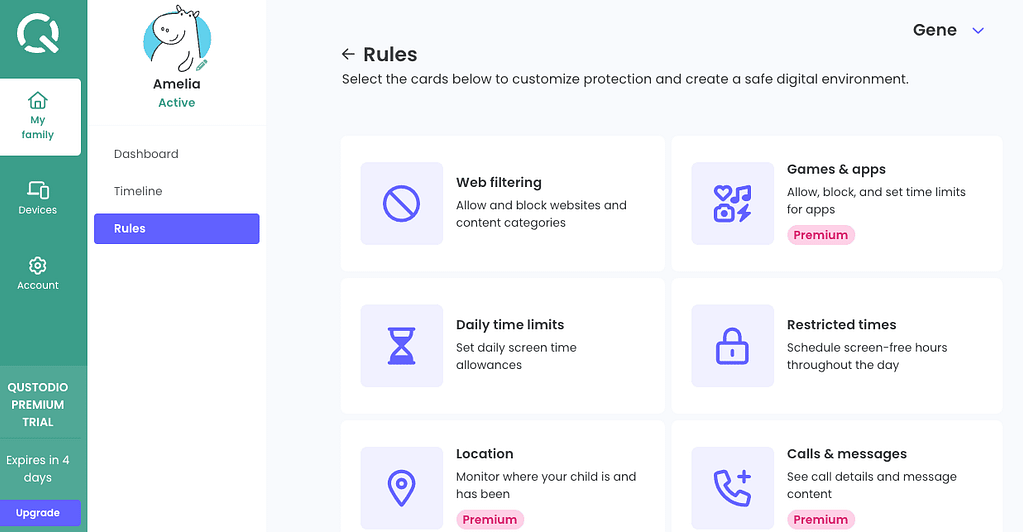
Real-Time Activity Monitoring for Informed Oversight
Qustodio’s real-time monitoring feature allows parents to see what their children are doing online as it happens. This includes tracking web searches, social media usage, and app activity, giving parents a clear view of their kids’ digital interactions. Real-time monitoring enables parents to stay updated and make quick decisions, helping to encourage safe and responsible online behavior.
Robust Web Filtering to Shield from Inappropriate Content
The web filtering feature in Qustodio is designed to block inappropriate websites automatically, including content related to violence, adult themes, and more. Parents can customize the filter to suit their family’s values, ensuring children only access safe, age-appropriate material. This tool provides peace of mind and helps maintain a safe browsing experience without constant parental supervision.
Screen Time Management for Balanced Device Usage
With Qustodio, parents can set daily screen time limits for each child, creating a balanced routine between screen time and other activities. This feature allows parents to define when devices can be used, limiting excessive usage and promoting a healthier approach to technology. By setting these boundaries, Qustodio helps foster productive and balanced digital habits.
Social Media Monitoring to Ensure Safe Interactions
Qustodio offers social media monitoring, which allows parents to track activity on popular platforms such as Facebook, Instagram, and Twitter. This feature provides insight into your child’s interactions on social media, helping to identify any concerning behaviors or potential risks. Social media monitoring ensures that parents can stay informed about their child’s online social life without being intrusive.
Location Tracking with Panic Button for Added Security
Qustodio’s location tracking and Panic Button feature enhance child safety by allowing parents to view their child’s location in real-time. The Panic Button is an added layer of security; children can press it if they feel unsafe, sending an instant alert to parents with their exact location. This feature provides reassurance and enables parents to respond quickly in case of emergencies.
Device Locking for Immediate Control
Qustodio includes a device-locking feature that lets parents lock devices remotely when they need their child’s full attention or during specific activities. Whether it’s time for homework, dinner, or bedtime, parents can instantly limit screen time by temporarily disabling device access. This quick and effective tool makes it easy to encourage device-free moments.
Easy Installation Across All Major Platforms
Qustodio is compatible with Windows, macOS, iOS, Android, and Kindle, making it accessible to families using various devices. Setting up Qustodio is straightforward, with a user-friendly dashboard that allows parents to monitor and adjust settings for each child. This compatibility ensures that all devices are protected, offering consistent supervision across the family’s digital landscape.
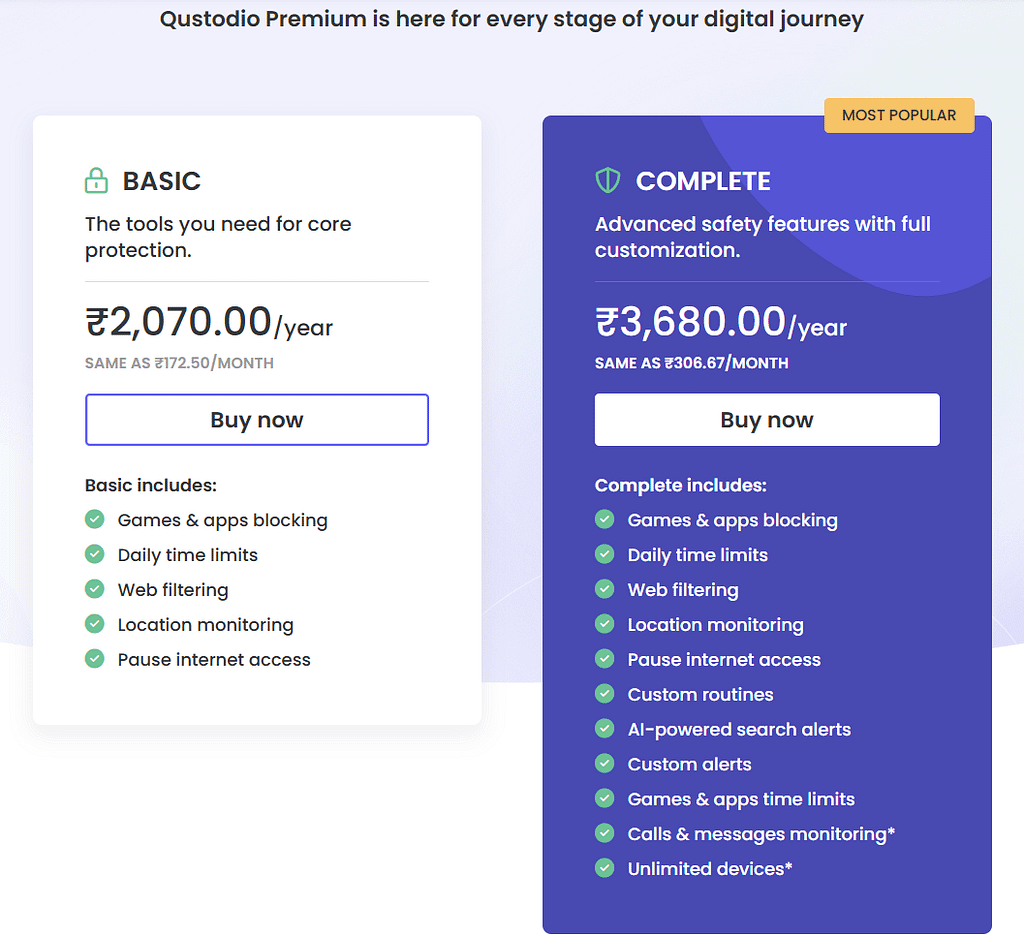
Qustodio is an invaluable tool for parents seeking a reliable way to manage and monitor their child’s online activities. With features like real-time monitoring, web filtering, and screen time limits, it provides a safe and balanced digital environment tailored to each family’s unique needs.
2. Net Nanny
If you’re searching for a powerful way to safeguard your child’s online experience, Net Nanny is an exceptional tool. This robust parental control software is developed by Content Watch, Inc. and has been a leading solution for family internet safety since 1994. With Net Nanny, parents gain unparalleled control over what their children can access online, allowing for a safe digital environment without compromise.
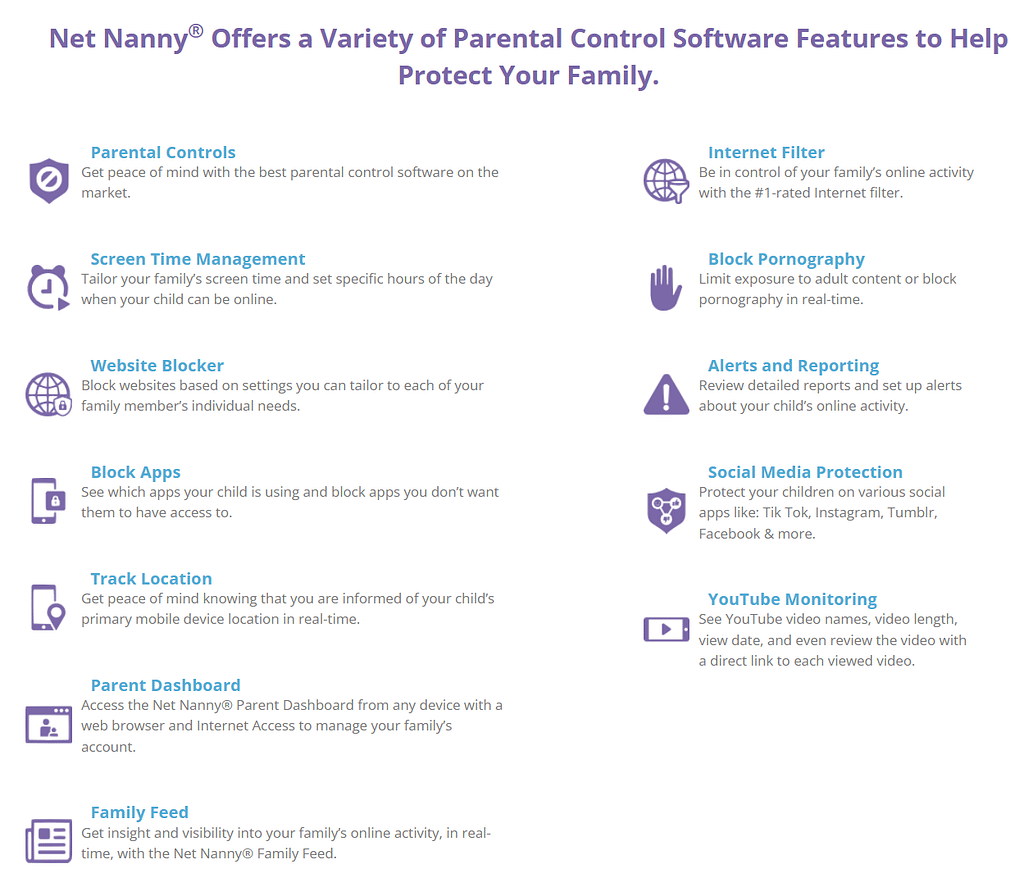
Real-Time Monitoring for Every Family Member
One of Net Nanny’s standout features is its real-time monitoring capability. Designed to keep parents in the loop, this function enables tracking of every internet search, app usage, and even your child’s location. With such extensive oversight, you can see exactly what your children are engaging with online, helping you stay proactive in guiding them toward safer choices.
Advanced Content Filtering to Protect Young Minds
The internet is a vast space with potentially harmful content, but Net Nanny has that covered with its advanced content filtering feature. This filter blocks access to inappropriate material such as pornography, drugs, and violent topics. Parents can feel assured that their child is shielded from harmful websites, helping to create a cleaner and safer browsing environment without constant supervision.
Screen Time Management to Balance Device Use
Net Nanny offers an effective screen time management tool, allowing parents to set specific device usage limits for each child. By monitoring time spent on devices, you can enforce a balanced approach to screen time that encourages other offline activities. With instant alerts and detailed reporting, this feature makes it easy to implement healthy boundaries around device use.
Family Feed: Stay Updated on Every Activity
Through Net Nanny’s Family Feed, parents receive instant updates on internet searches and app usage. This feature offers insightful summaries about your child’s online interactions, along with educational tips from experts. The Family Feed is a reliable way to understand your child’s digital habits and proactively discuss any concerning trends or questions.
Real-Time Location Tracking with Family Map
Worried about where your child is at any moment? Net Nanny’s real-time location tracking provides peace of mind with its Family Map feature. You can check each family member’s location at a glance, which is particularly helpful for busy families on the go. With this feature, knowing your child’s whereabouts is just a tap away.
Instant Internet Shutdown for Attention and Safety
In a fast-paced digital world, sometimes immediate action is necessary. Net Nanny includes an Internet Shutdown feature that allows parents to turn off internet access instantly. This quick-response function is invaluable for moments when you need to regain your child’s focus or enforce a timeout from screen time.
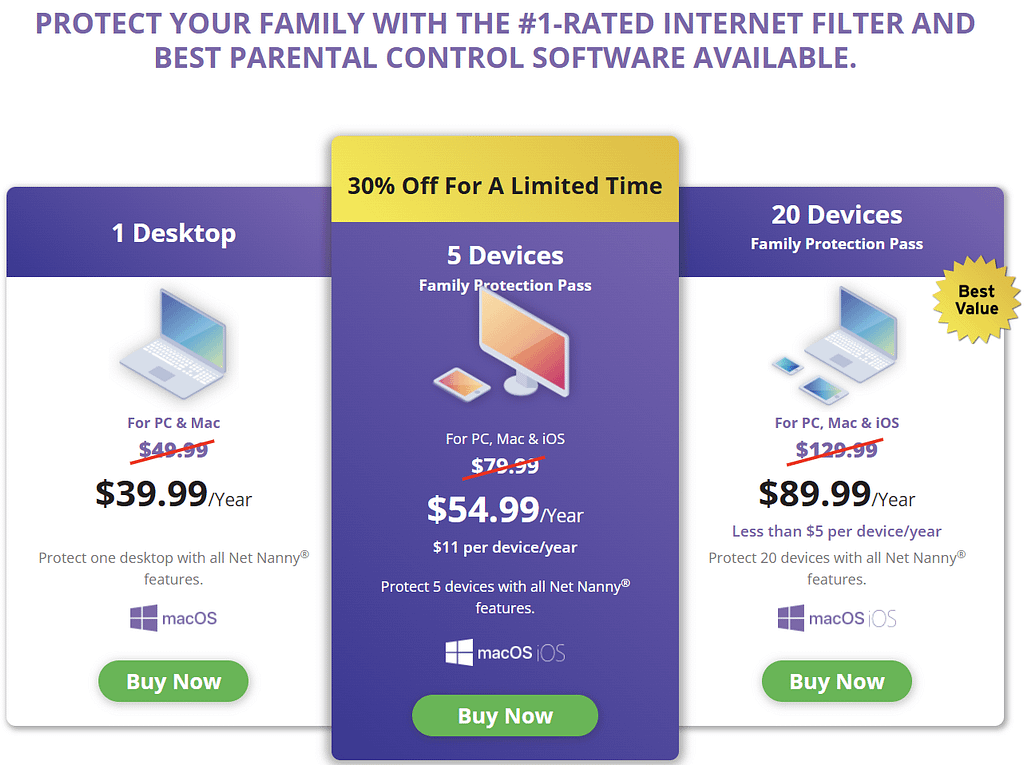
Wide Compatibility Across Devices and Platforms
Net Nanny is compatible with a wide range of platforms, ensuring that all family devices can be protected. Available for Microsoft Windows, Apple OS X, iOS, Android, Chrome-OS, and Fire OS, this software meets diverse family tech needs. Plus, with regular updates under its proprietary EULA, Net Nanny ensures continuous protection against new and emerging online threats.
3. Apple Screen Time
Apple’s Screen Time feature is an exceptional parental control tool designed to help families manage and monitor device usage across iOS and macOS devices. Built directly into Apple’s ecosystem, Apple’s Screen Time empowers parents with comprehensive controls over app usage, screen time limits, and device accessibility, promoting healthier digital habits for children.
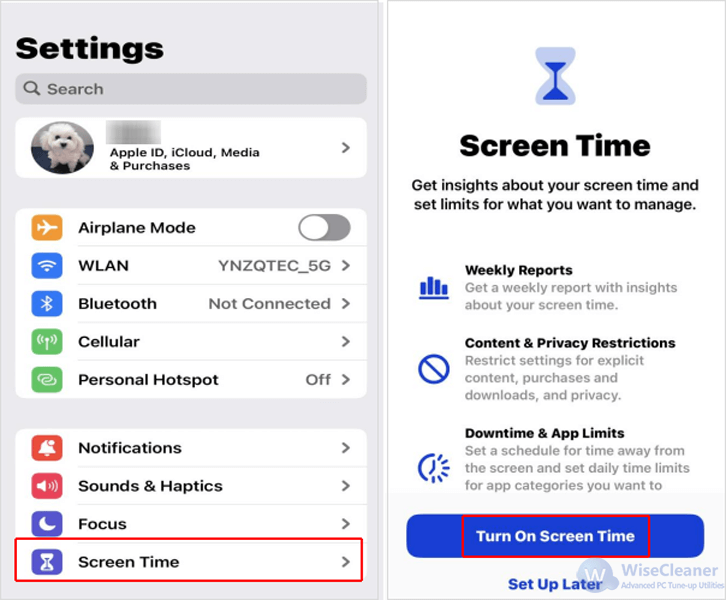
Set Up Personalized Screen Time Limits for Each Child
With Apple’s Screen Time, parents can establish personalized screen time limits for each family member. This feature allows parents to specify daily limits on particular apps, categories, or the entire device, providing tailored control over how much time children spend on screens. Apple’s Screen Time encourages a balanced approach to digital interaction, ensuring that kids have time for activities beyond their screens.
Downtime Scheduling to Foster Family Moments
Apple’s Screen Time includes a Downtime feature that lets parents schedule specific periods when the device is off-limits. For example, you can set it during family dinners, bedtime, or study sessions. During Downtime, only essential apps (like Phone or Messages) are accessible. This feature helps create screen-free moments for family bonding and other important routines, supporting healthier tech boundaries.
App Limits for Content-Specific Controls
App Limits in Apple’s Screen Time allows parents to set restrictions on specific apps or categories, such as social media, games, or entertainment. By setting these limits, parents can ensure that children only spend a designated amount of time on these apps. App Limits promote healthy boundaries and help prevent excessive use of potentially distracting apps, making screen time more intentional and productive.
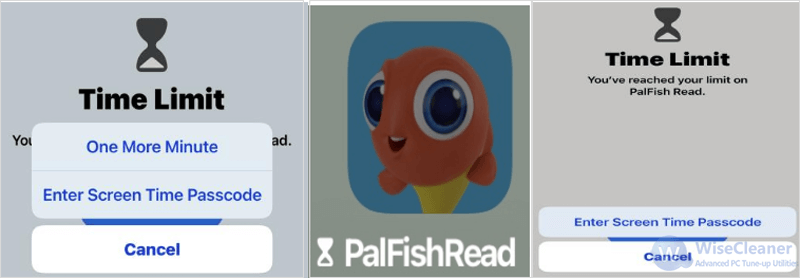
Content & Privacy Restrictions for Added Protection
With Content & Privacy Restrictions, Apple Screen Time offers powerful tools to safeguard young users from inappropriate content. Parents can restrict access to certain websites, adjust app permissions, and manage in-app purchases to prevent accidental expenses. These controls ensure that children access only age-appropriate content and limit exposure to harmful material, fostering a safe and child-friendly environment.
Real-Time Usage Reports for Insightful Monitoring
Apple Screen Time provides real-time reports detailing app usage, screen time, and pick-up frequency. These insights allow parents to understand their child’s digital habits and make informed adjustments if necessary. With weekly activity summaries, it’s easy to track which apps consume the most time, helping parents encourage a healthier balance in device usage.
Family Sharing for Seamless Device Management
Apple Screen Time integrates smoothly with Family Sharing, enabling parents to monitor and manage all family devices from a single account. Parents can set controls, adjust limits, and view activity reports for each child, ensuring a comprehensive approach to device management. Family Sharing streamlines the process, making it easy to apply consistent controls across every Apple device in the household.
Easy Setup Across All Apple Devices
Setting up Apple Screen Time is straightforward, with support across all iOS and macOS devices. Whether your family uses iPhones, iPads, or Macs, Screen Time provides cohesive controls that work seamlessly within Apple’s ecosystem. This feature offers a simple and effective way for families to manage device usage, ensuring a safer and more balanced digital experience for everyone.
Apple Screen Time is an invaluable tool for promoting digital wellness. With flexible settings, insightful usage reports, and powerful content restrictions, it allows parents to guide their children toward healthy digital habits while preserving the safety and security of their online environment.
4. Google Family Link
Google Family Link offers a fantastic solution for parents seeking a safe, manageable digital environment for their children. Designed to provide comprehensive oversight, Family Link allows parents to monitor, control, and understand their child’s online behavior on Android and Chrome OS devices. This tool empowers parents to actively guide their kids’ tech habits and create a balanced screen time experience for the entire family.

Keep Track of App Activity in Real-Time
One of Google Family Link’s key features is the ability to track app activity, enabling parents to view time spent on each app. This feature provides valuable insights into your child’s digital interests and usage patterns, making it easier to encourage healthy, balanced app usage. By monitoring real-time app activity, Family Link supports parents in fostering productive and educational screen time.
Set Screen Time Limits to Encourage a Healthy Routine
With Google Family Link, setting daily screen time limits is straightforward. Parents can define specific limits on device usage to ensure children aren’t spending excessive time online. This feature promotes a balanced lifestyle by setting boundaries that prevent overuse and encourage children to engage in other activities, whether it’s Homework, Hobbies, or Family Time.
Approve or Block App Downloads for Greater Control
Google Family Link provides a robust control over app downloads, allowing parents to approve or block apps before they are installed. This ensures that only safe and age-appropriate applications are added to your child’s device. With this feature, you can confidently allow new apps while preventing access to those that may contain inappropriate content or distractions.
Educational Insights to Make Informed Choices
Google Family Link offers educational insights, helping parents make informed decisions about which apps align with their family values. This includes detailed information about each app, making it easy to choose options that contribute positively to your child’s learning and development. By supporting educational goals, Family Link enhances the value of digital time spent by children.
Location Tracking to Ensure Child Safety
Google Family Link’s location tracking feature provides added security, allowing parents to see where their child is, as long as they have their device with them. This real-time tracking offers peace of mind, especially during busy days, school activities, or family outings. By knowing your child’s location, Family Link helps ensure their safety while allowing them the independence to explore within safe boundaries.
Remote Device Locking to Control Screen Time Instantly
For those moments when it’s time for a break, Google Family Link allows parents to lock their child’s device remotely. This function is invaluable for maintaining screen time boundaries and helps encourage children to focus on other activities. Whether it’s mealtime, study time, or family time, device locking allows parents to redirect attention instantly without negotiation.
Easy Setup and Compatibility with Android and Chrome OS
Google Family Link is accessible and user-friendly, compatible with both Android and Chrome OS. Setting up Family Link takes only a few steps, making it easy to get started. Whether your child has a phone, tablet, or Chromebook, this tool offers consistent control across multiple devices, ensuring a safe and supervised digital experience tailored to family needs.
Google Family Link is a practical, comprehensive tool that fosters a safer and more balanced approach to children’s digital interactions. With features like app monitoring, screen time limits, and location tracking, parents can confidently navigate their child’s tech journey while ensuring security and balance.
Understanding How Parental Controls Work
Parental controls work by integrating software protocols into devices, applications, or routers. These protocols act as a gatekeeper, identifying potentially harmful content or activities and restricting them based on user settings.
- Content filtering is achieved by categorizing websites based on content types, with parental control software blocking sites that fall under inappropriate categories.
- Screen time management involves setting access timers on devices or specific apps, making it easier for parents to enforce limits.
- Tracking and alerts give parents real-time updates, making them aware of unusual activities.
Benefits of Using Parental Control Tools
- Ensures Online Safety: Protects children from exposure to harmful content and online predators.
- Monitors Digital Behavior: Offers insights into children’s online habits.
- Promotes Digital Literacy: Educates children on safe internet practices by reinforcing boundaries.
How to Choose the Right Parental Control Solution
Selecting the best parental control tool depends on your child’s age, digital habits, and your family’s needs. Here’s what to consider:
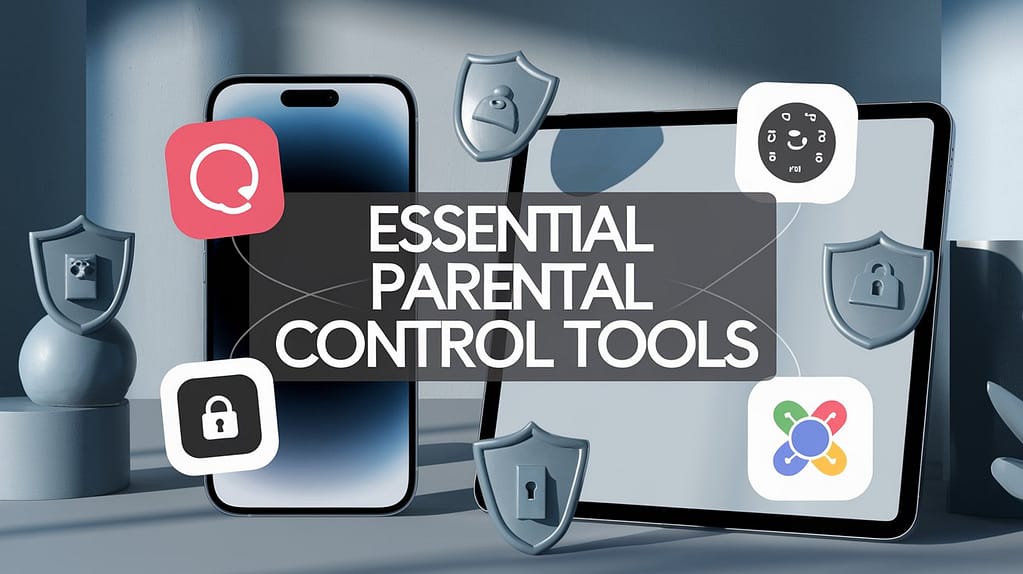
- Compatibility: Ensure the tool works on all devices your child uses.
- Ease of Use: Look for a tool that’s easy to set up and customize.
- Comprehensive Features: Choose a tool with features like content filtering, time limits, and social media monitoring.
- Affordability: Many parental control tools offer free versions with limited features, while paid options come with advanced features.
- Privacy: Select tools that respect both your privacy and that of your child while providing safety features.
Best Practices for Implementing Parental Controls
Implementing parental controls goes beyond just installing a tool. Here are some best practices to ensure these controls are effective:
1. Have Open Conversations
Explain to your child why parental controls are in place. Children are more likely to respect the rules if they understand the reasons behind them. Discuss internet safety openly and reinforce the idea that online security is a shared responsibility.
2. Set Age-Appropriate Rules
Customize controls based on the child’s age. Younger children might need stricter controls, while teenagers may benefit more from usage monitoring and time restrictions rather than content filtering.
3. Regularly Review and Adjust Controls
As children grow, their needs and understanding of the internet change. Regularly reviewing and adjusting controls ensures they remain relevant to your child’s stage of development.
4. Encourage Offline Activities
Encourage children to engage in offline activities to foster a well-rounded lifestyle. Limiting screen time should also come with alternatives, such as sports, reading, and socializing with friends.
Conclusion
In an era where digital exposure is inevitable, understanding why parental control is important is crucial for every parent. By employing parental controls, parents can protect their children from potential risks, establish healthy digital habits, and create a safe online environment. From content filtering to screen time management, parental controls play an indispensable role in the modern digital landscape. Embracing these tools and implementing them thoughtfully can empower parents to keep their children safe online while encouraging responsible internet use.
Frequently Asked Questions
1. What are the best parental control apps?
Some of the best parental control apps include Qustodio, Net Nanny, and Google Family Link, each offering unique features suited for various age groups and monitoring needs.
2. How can I monitor my child’s online activities?
You can monitor your child’s online activities by using parental control apps that provide usage reports, alert systems, and real-time tracking. Discussing their online experiences and educating them about online safety is also beneficial.
3. Is it safe to use free parental control software?
Yes, but with caution. Free software may have limitations or lack certain security features. Many parents prefer premium versions for advanced functionality and stronger privacy policies.

